The psychology of motivation would seem pretty predictable and transactional – do this, obtain that – but it’s not! It’s actually very nuanced and academic studies sometimes show some really interesting results that shed light on why we do what we do. I recently read The Endowed Progress Effect: How Artificial Advancement Increases Effort and it really got me thinking about engagement with incentive programs.
Endowed progress or endowment is essentially a head start in a program, which has a surprisingly large effect on behaviors.
Researchers Joseph C. Nunes of the Marshall School of Business at the University of Southern California and Xavier Drèze of the Wharton School at the University of Pennsylvania took at look at the behaviors of loyalty program participants and uncovered a few things that can inform program design for customers and employees.
It turns out that we try harder to achieve a goal when we have a head start.
The study involved customers at a car wash. Each customer was given a punch card entitling them to a free wash after eight paid visits. The only difference was that some people were given a card with 10 spaces to punch, two of which were already punched. The others were given a card with 8 spaces, none of which were punched. Guess who turned out to be the better customers? 34% of those with the pre-punched cards redeemed their award, but only 19% of those without a punched card did. They also came to the car wash more frequently and, amazingly, shortened the time between washes as they got closer to earning the free car wash.
The researchers cite John Atkinson’s work on motivation, which showed that there are two “fundamental elements: inertial tendency and expectancy.” Inertial tendency means that “a goal-directed tendency would persist until satisfied.” In other words, once we are set on a path towards a goal, we will tend to keep moving in that direction. Further, “expectancy is determined by the likelihood of success… As the distance from the goal decreases, both the desirability and the feasibility of completion are believed to increase.” This means that as we move closer to achieving our goals, we want them more and we are more invested in success.
Nunes and Drèze also created an experiment with liquor store customers, setting up a variety of potential loyalty programs and assessing the “attractiveness, likelihood of joining, and likelihood of reaching the goal.” They found, once again, that having a head start (i.e. credit for bottles already purchased) increased likelihood of participation and success. Interestingly, though, they also found that when the progress was tallied in points instead of dollars spent, people were more enthusiastic about the program. They write, “It seems a reason is necessary to get an effect from the endowed progress when the monitoring base is purchases. Interestingly, when the endowment was delivered in points overall, impression increased significantly even when no reason was provided for the endowment.” Points allow us to participate without redirecting our focus to dollars spent and the other issues around expenditure.
Starbucks has clearly caught on. One of their customer loyalty programs was the Holiday Star Dash, which gave participants a “starter star” just for joining. And after customers got 10 stars, they earned a $5 gift card. 16 stars earned a $10 gift card.
So what are the takeaways?
– When we have a head start, there’s no obstacle to signing up. We’re already involved.
– We don’t like unfinished projects.
– We will work harder to finish something the closer we get to the goal.
– Points or “alternative currency” are more engaging for us.
The implications for incentive programs are clear. Providing endowed progress for participants – such as giving points for enrollment – will help to get them started and engaged in a program. Clear goal-setting and a closed ended project will connect to the desire to finish. Helping participants to understand the shrinking distance to goal will help them to strive harder to get there. And, of course, points programs heighten engagement as alternate currency.
People have a fundamental drive to achieve goals and giving them a head start makes them all the more determined to do so. It’s a great way to get a program off to a solid start and to engage participants to the maximum.



